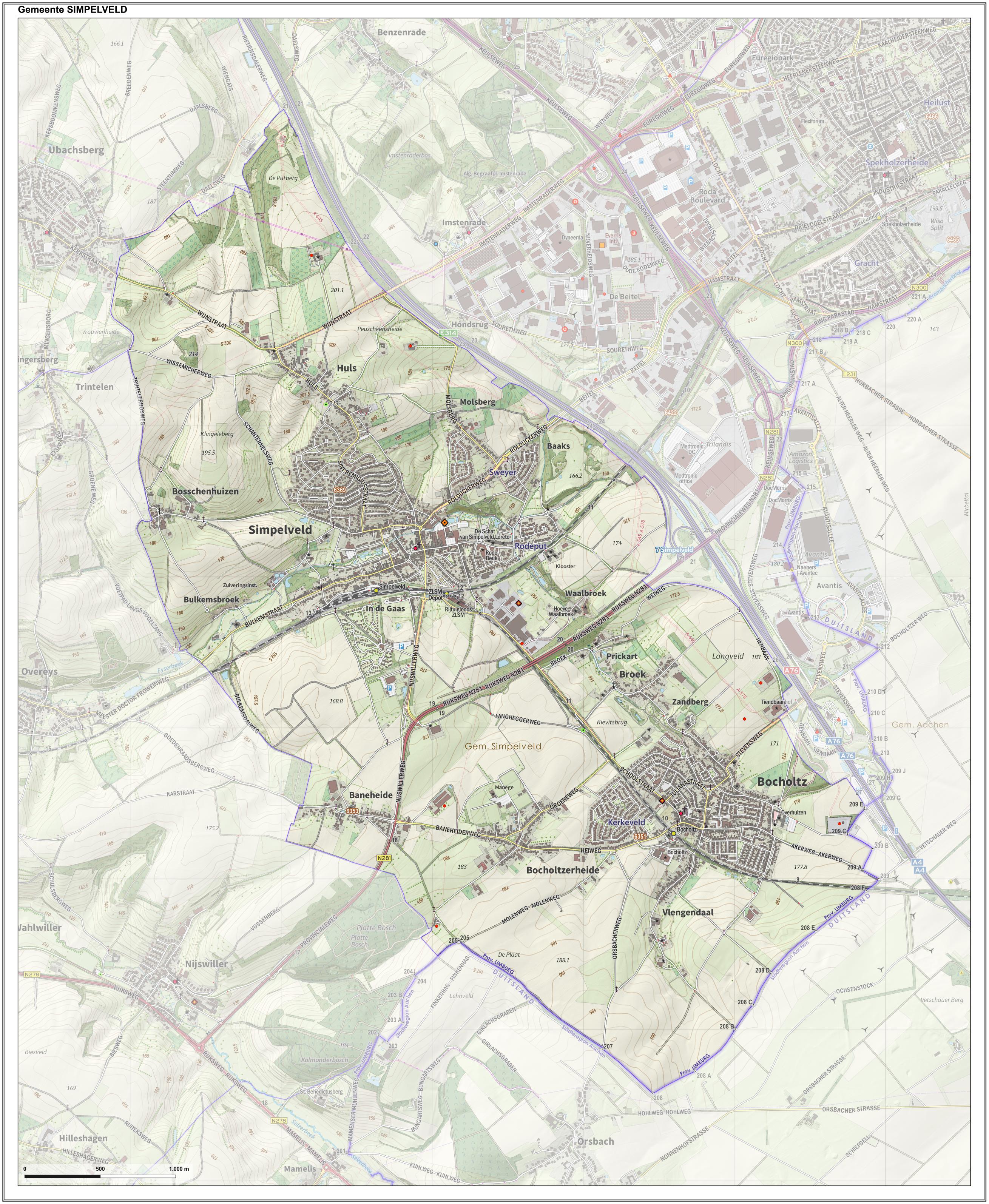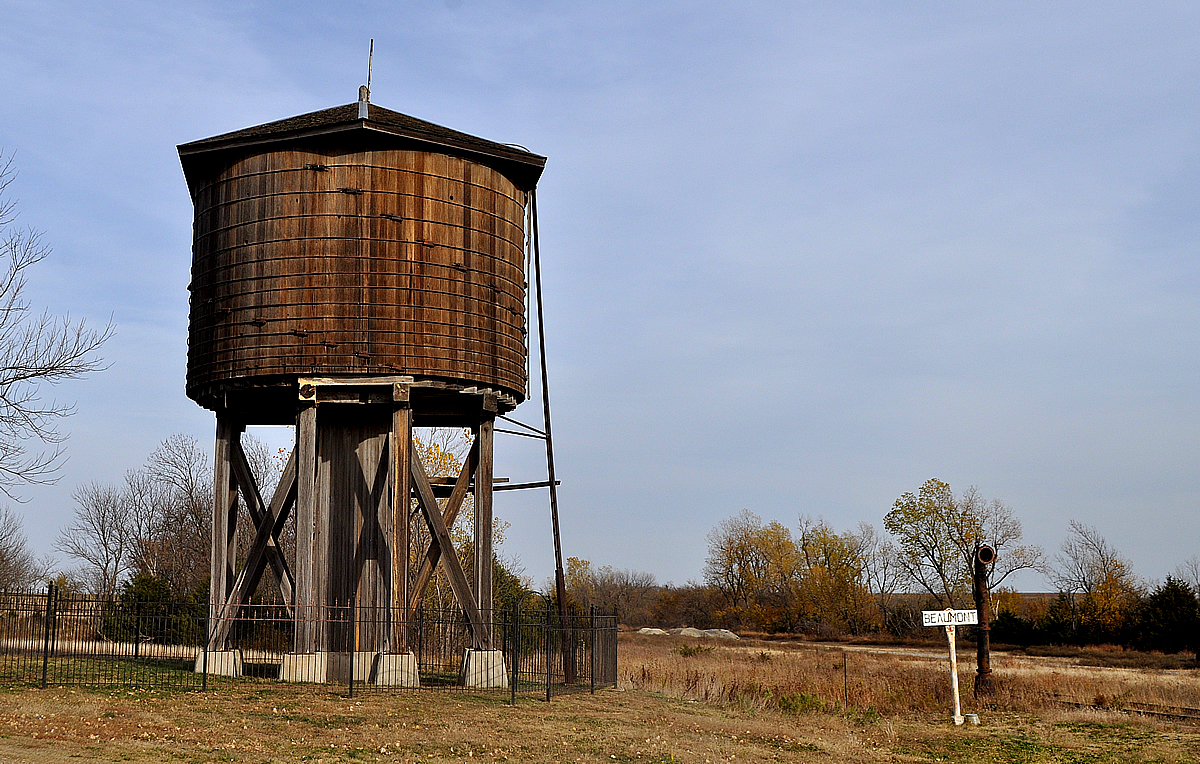|
Water Tower Simpelveld
The Water Tower in Simpelveld was built in 1929–1930 by the contractor Meijer from Voerendaal for the nearby miljoenenlijn railway. It has been a heritage site since 2001 (nr 518643) together with the railway turntable which is only a few meters removed. The water tower is high, built on raised terrain. The round water storage has a diameter of . A dividing wall splits it into two halves of each. A heating system ensures that the tower does not freeze during the winter. The water tower was in function till 1954. Since then it has been in use for industrial purposes. In 2002 it received a large maintenance. {{Rijksmonument, 518643 Water towers in the Netherlands Towers in Limburg (Netherlands) Rijksmonuments in Simpelveld Towers completed in 1930 ... [...More Info...] [...Related Items...] OR: [Wikipedia] [Google] [Baidu] |
Rijksmonument
A rijksmonument (, ) is a national heritage site of the Netherlands, listed by the agency Rijksdienst voor het Cultureel Erfgoed (RCE) acting for the Dutch Ministry of Education, Culture and Science. At the end of February 2015, the Netherlands had 61,822 listed national heritage sites, of which approximately 1,500 are listed as archaeological sites. History and criteria Until 2012, a place had to be over 50 years old to be eligible for designation. This criterion expired on 1 January 2012. The current legislation governing the monuments is the ''Monumentenwet van 1988'' ("Monument Law of 1988"). The organization responsible for caring for the monuments, which used to be called ''Monumentenzorg'', was recently renamed, and is now called Rijksdienst voor het Cultureel Erfgoed. In June 2009, the Court of The Hague decided that individual purchasers of buildings that were listed as rijksmonuments would be exempt from paying transfer tax, effective from 1 May 2009. Previously t ... [...More Info...] [...Related Items...] OR: [Wikipedia] [Google] [Baidu] |
Watermill
A watermill or water mill is a mill that uses hydropower. It is a structure that uses a water wheel or water turbine to drive a mechanical process such as milling (grinding), rolling, or hammering. Such processes are needed in the production of many material goods, including flour, lumber, paper, textiles, and many metal products. These watermills may comprise gristmills, sawmills, paper mills, textile mills, hammermills, trip hammering mills, rolling mills, wire drawing mills. One major way to classify watermills is by wheel orientation (vertical or horizontal), one powered by a vertical waterwheel through a gear mechanism, and the other equipped with a horizontal waterwheel without such a mechanism. The former type can be further divided, depending on where the water hits the wheel paddles, into undershot, overshot, breastshot and pitchback (backshot or reverse shot) waterwheel mills. Another way to classify water mills is by an essential trait about their location: tide mills ... [...More Info...] [...Related Items...] OR: [Wikipedia] [Google] [Baidu] |
Simpelveld
Simpelveld (; li, Zumpelveld ) is a municipality and a town in the southeastern Netherlands. It is part of the municipal cooperative unit Parkstad Limburg. Simpelveld is part of the ''Mergelland'', named after the presence of chalk (mergel), hill country popular with tourists. The Mergellandroute passes through the town. The population centre of Simpelveld has 28 national monuments, amongst which are the Oude Molen and the Saint Remigius Church. Simpelveld has a heritage railway station and is the home base of the South Limburg Railway Company. On one weekend in October there is a Day out with Thomas from the children's television series Thomas and Friends. Population centres *Bocholtz *Simpelveld Besides these official centres there are other hamlets which fall under the municipality: Religion The municipality has two churches within its borders: *James the Greater Church in Bocholtz *Saint Remigius Church in Simpelveld The city also has two monasteries, these are ... [...More Info...] [...Related Items...] OR: [Wikipedia] [Google] [Baidu] |
Netherlands
) , anthem = ( en, "William of Nassau") , image_map = , map_caption = , subdivision_type = Sovereign state , subdivision_name = Kingdom of the Netherlands , established_title = Before independence , established_date = Spanish Netherlands , established_title2 = Act of Abjuration , established_date2 = 26 July 1581 , established_title3 = Peace of Münster , established_date3 = 30 January 1648 , established_title4 = Kingdom established , established_date4 = 16 March 1815 , established_title5 = Liberation Day (Netherlands), Liberation Day , established_date5 = 5 May 1945 , established_title6 = Charter for the Kingdom of the Netherlands, Kingdom Charter , established_date6 = 15 December 1954 , established_title7 = Dissolution of the Netherlands Antilles, Caribbean reorganisation , established_date7 = 10 October 2010 , official_languages = Dutch language, Dutch , languages_type = Regional languages , languages_sub = yes , languages = , languages2_type = Reco ... [...More Info...] [...Related Items...] OR: [Wikipedia] [Google] [Baidu] |
Water Tower
A water tower is an elevated structure supporting a water tank constructed at a height sufficient to pressurize a water distribution system, distribution system for potable water, and to provide emergency storage for fire protection. Water towers often operate in conjunction with underground or surface service reservoirs, which store treated water close to where it will be used. Other types of water towers may only store raw (non-potable) water for fire protection or industrial purposes, and may not necessarily be connected to a public water supply. Water towers are able to supply water even during power outages, because they rely on hydrostatic pressure produced by elevation of water (due to gravity) to push the water into domestic and industrial water distribution systems; however, they cannot supply the water for a long time without power, because a pump is typically required to refill the tower. A water tower also serves as a reservoir to help with water needs during peak us ... [...More Info...] [...Related Items...] OR: [Wikipedia] [Google] [Baidu] |
Voerendaal
Voerendaal (; li, Voelender) is a municipality and a town in the southeastern Netherlands. Population centres ''Dutch topographic map of the municipality of Voerendaal, June 2015'' History The Romans left the ruins from a Roman villa rustica as a legacy. In 1049 pope Leo IX initiated the Catholic Church - Sint Laurentiuskerk. During medieval times many castles were built: Cortenbach, Haeren, Puth, Rivieren and Terworm. Also castles such as Hoenshuis and Overst Voerendaal. The area was mined for marl (mergel in Dutch) and coal. Transportation Railway Station: Klimmen-Ransdaal, Voerendaal Notable people * Roel Brouwers (born 1981) a Dutch former footballer with 289 club caps, lived in Voerendaal while playing for Borussia Monchengladbach Borussia is the Latin name for Prussia. Football clubs * Borussia Dortmund * Borussia Fulda * Borussia Mönchengladbach * Borussia Neunkirchen * HSV Borussia Friedenstal * SC Borussia Lindenthal-Hohenlind * Tennis Borussia Berl ... [...More Info...] [...Related Items...] OR: [Wikipedia] [Google] [Baidu] |
Rijksmonument
A rijksmonument (, ) is a national heritage site of the Netherlands, listed by the agency Rijksdienst voor het Cultureel Erfgoed (RCE) acting for the Dutch Ministry of Education, Culture and Science. At the end of February 2015, the Netherlands had 61,822 listed national heritage sites, of which approximately 1,500 are listed as archaeological sites. History and criteria Until 2012, a place had to be over 50 years old to be eligible for designation. This criterion expired on 1 January 2012. The current legislation governing the monuments is the ''Monumentenwet van 1988'' ("Monument Law of 1988"). The organization responsible for caring for the monuments, which used to be called ''Monumentenzorg'', was recently renamed, and is now called Rijksdienst voor het Cultureel Erfgoed. In June 2009, the Court of The Hague decided that individual purchasers of buildings that were listed as rijksmonuments would be exempt from paying transfer tax, effective from 1 May 2009. Previously t ... [...More Info...] [...Related Items...] OR: [Wikipedia] [Google] [Baidu] |
Railway Turntable
In rail terminology, a railway turntable or wheelhouse is a device for turning railway rolling stock, usually locomotives, so that they can be moved back in the direction from which they came. Naturally, it is especially used in areas where economic considerations or a lack of sufficient space have served to weigh against the construction of a turnaround wye. In the case of steam locomotives, railways needed a way to turn the locomotives around for return trips as their controls were often not configured for extended periods of running in reverse and in many locomotives the top speed was lower in reverse motion. In the case of diesel locomotives, though most can be operated in either direction, they are treated as having "front ends" and "rear ends" (often determined by reference to the location of the crew cab). When operated as a single unit, the railway company often prefers, or requires, that a diesel locomotive is run "front end" first. When operated as part of a multiple ... [...More Info...] [...Related Items...] OR: [Wikipedia] [Google] [Baidu] |
Water Tower
A water tower is an elevated structure supporting a water tank constructed at a height sufficient to pressurize a water distribution system, distribution system for potable water, and to provide emergency storage for fire protection. Water towers often operate in conjunction with underground or surface service reservoirs, which store treated water close to where it will be used. Other types of water towers may only store raw (non-potable) water for fire protection or industrial purposes, and may not necessarily be connected to a public water supply. Water towers are able to supply water even during power outages, because they rely on hydrostatic pressure produced by elevation of water (due to gravity) to push the water into domestic and industrial water distribution systems; however, they cannot supply the water for a long time without power, because a pump is typically required to refill the tower. A water tower also serves as a reservoir to help with water needs during peak us ... [...More Info...] [...Related Items...] OR: [Wikipedia] [Google] [Baidu] |
Water Towers In The Netherlands
Water (chemical formula ) is an inorganic, transparent, tasteless, odorless, and nearly colorless chemical substance, which is the main constituent of Earth's hydrosphere and the fluids of all known living organisms (in which it acts as a solvent). It is vital for all known forms of life, despite not providing food, energy or organic micronutrients. Its chemical formula, H2O, indicates that each of its molecules contains one oxygen and two hydrogen atoms, connected by covalent bonds. The hydrogen atoms are attached to the oxygen atom at an angle of 104.45°. "Water" is also the name of the liquid state of H2O at standard temperature and pressure. A number of natural states of water exist. It forms precipitation in the form of rain and aerosols in the form of fog. Clouds consist of suspended droplets of water and ice, its solid state. When finely divided, crystalline ice may precipitate in the form of snow. The gaseous state of water is steam or water vapor. Water covers ab ... [...More Info...] [...Related Items...] OR: [Wikipedia] [Google] [Baidu] |
Towers In Limburg (Netherlands)
A tower is a tall structure, taller than it is wide, often by a significant factor. Towers are distinguished from masts by their lack of guy-wires and are therefore, along with tall buildings, self-supporting structures. Towers are specifically distinguished from buildings in that they are built not to be habitable but to serve other functions using the height of the tower. For example, the height of a clock tower improves the visibility of the clock, and the height of a tower in a fortified building such as a castle increases the visibility of the surroundings for defensive purposes. Towers may also be built for observation, leisure, or telecommunication purposes. A tower can stand alone or be supported by adjacent buildings, or it may be a feature on top of a larger structure or building. Etymology Old English ''torr'' is from Latin ''turris'' via Old French ''tor''. The Latin term together with Greek τύρσις was loaned from a pre-Indo-European Mediterranean language, ... [...More Info...] [...Related Items...] OR: [Wikipedia] [Google] [Baidu] |






